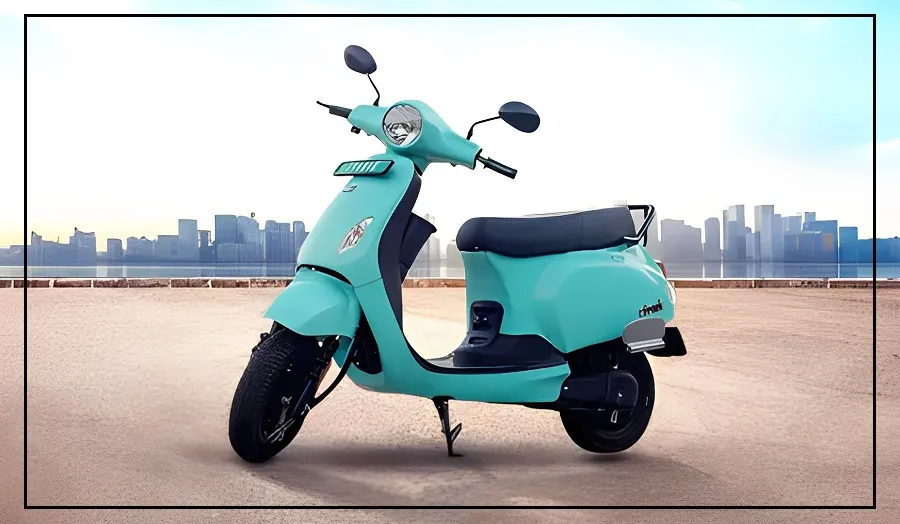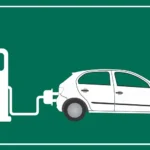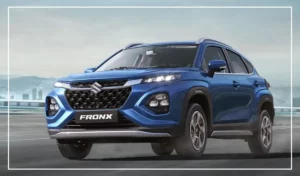Ola Electric is facing a major challenge as the Maharashtra government plans to close nearly 90% of its showrooms in the state.
With about 450 Ola stores in Maharashtra, this move could seriously affect the availability of Ola’s electric scooters in one of India’s biggest EV markets.
Why Are the Stores Being Shut?
The closures are due to many stores lacking valid permits required to store vehicles. Reports say that most Ola showrooms do not have proper trade certificates either.
This regulatory non-compliance has forced the government to act, which will impact Ola’s supply chain across Maharashtra.
Why Maharashtra Matters to Ola
Maharashtra is a key market for Ola, contributing more than 41,000 out of 344,000 electric scooters sold nationwide last year.
The state leads in electric two-wheeler adoption, so this disruption hits Ola where it counts most. This regulatory crackdown threatens Ola’s strong presence in Maharashtra.
Declining Market Share and Legal Issues
Ola’s market share in electric scooters has fallen sharply—from 33.4% last year to 19.6% now.
In Q1 FY26, Ola sold 60,500 EVs, down from earlier highs, and is trailing competitors like TVS and Bajaj in recent monthly sales.
Past controversies, such as discrepancies between sales claims and actual vehicle registrations, have drawn government scrutiny and hurt Ola’s reputation.
Financial Losses Grow Amid Sales Drop
Ola reported a net loss of ₹428 crore in Q1 FY26, worsening from ₹347 crore the previous year. Revenue also fell 50% to ₹828 crore, down from ₹1,644 crore in Q1 FY25.
While the company still beat Bloomberg’s estimates, these numbers show the pressure Ola faces from competition and operational problems.
What Lies Ahead for Ola Electric?
Ola’s recovery depends on quickly fixing its permit issues and regaining compliance. With rivals gaining ground, any delay in Maharashtra could weaken Ola’s national position.
The company needs to restart showroom operations, rebuild trust with customers and investors, and act fast to stay competitive in the EV market.
























